#nativar
Text
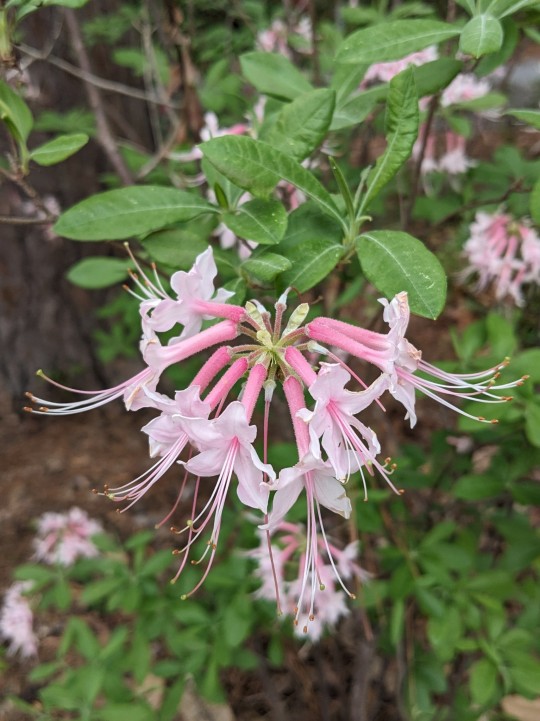
Rhododendron canescens 'Camilla's Blush' / 'Camilla's Blush' Mountain Azalea at the Sarah P. Duke Gardens at Duke University in Durham, NC
#Rhododendron canescens 'Camilla's Blush'#Rhododendron canescens#Rhododendron#Ericaceae#Camilla's Blush mountain Azalea#Mountain Azalea#Azalea#Azaleas#Nativar#Native plants#Native flowers#Native shrubs#Plants#Flowers#Shrubs#Nature photography#photographers on tumblr#Sarah P. Duke Gardens#Duke Gardens#Duke University#Durham#Durham NC#North Carolina
12 notes
·
View notes
Photo

These Echinacea cultivars bred for shorter, more compact growth habits look fabulous in containers at @mtcubacenter #gardendc #coneflower #echniacea #nativar #nativeplants #nativecultivar #picoftheday #nofilter (at Mt. Cuba Center) https://www.instagram.com/p/CgMbwLROvAo/?igshid=NGJjMDIxMWI=
0 notes
Text
No wifi night 1: calculated out the seed stratification and grow times, and got six types of native seeds stratifying in the fridge in mold-proof media.
I wanna be THE most desirable person at the spring plant swap and also fill up my shitty little driveway edge with two colors of butterfly milkweed and blue grama grass.
#my posts#orange and nativar yellow butterfly milkweed#blue grama grass#rattlesnake masters#red clammyweed#and gray headed coneflower
8 notes
·
View notes
Video
youtube
Not PNW specific, but still an excellent video about the ecological disadvantages of using cultivars of native plants...rather than the natural plant.
Native cultivars or “nativars” are native plants that have been bred for other desirable traits, like unusual foliage color, new flower colors etc. Unfortunately the genetic changes made in nativars sometimes aren’t good food or habitat for native bees, butterflies and moths.
Nativars sometimes have different bloom times, meaning they aren’t in bloom at the same time as the animals that rely on them for foraging. Nativars with unusual colors may also become unrecognizable to animals that rely on them. Even worse still, sometimes the color changes actually make the plant toxic to animals that need it to survive.
Nativars are also usually clones of a very small gene pool in a nursery, meaning the genetic diversity of your local ecosystem can be weakened.
Sometimes nativars still provide good habitat, sometimes not! Just something to keep in mind when choosing native plants for your gardens.
9 notes
·
View notes
Text
here's my controversial plant opinions of the day:
your garden can be both native and non-native plants. Its fine. It is not evil to plant non-native plants. Avoid invasives and noxious weeds but many non-native plants are good and fun
not all nativars are the Worst Ever or completely useless for pollinators the way many people claim BUT they do lower genetic diversity if cloned and not seed bred. This is more an issue if you are trying to reestablish a wild area or preserve a species, less so if you are landscaping your suburban house
Not all non native plants growing wild need to be eradicated or are horribly invasive, especially if they are growing in disturbed areas that we created. Hesperis matronalis for example grows places like roadsides, train tracks, and areas where invasives have already choked out natives.
Invasive plants are a symptom of a problem, not a problem themselves. They are not evil. It does not do any good to assign moral worth to plants. Native plants are not "good". Invasive plants are not "the enemy" They just are. They are filling a niche that our society left open for them.
If you are going to remove invasive plants en masse, you have to have a plan for whats going in its place. Garlic mustard, for example, tends to build up in population and then decline in number... unless the population is disturbed in which case it starts back up again.
Given that climate change is a thing and the fact that we have changed the environment on a micro level by putting in dams and streets and neighborhoods with lawns and shopping centers.... most definitions of native plants are bogus. The idea that traditonal native plants are better adapted to our local environment is no longer true. The winters are getting colder, watersheds are changing all the time, and your new development with all the topsoil shaved off in the baking sun with so much deer pressure even deer resistant plants don't stand a chance... the native plants are not native to that environment.
Oh, the problem is capitalism btw. Our infrastructure and livelihoods depend on creating environments where invasives thrive and natives cannot.
Individuals can help on a very small scale by planting their yards in an environmentally friendly way but if a highway project and new industrial center is going in down the street... nothing is going to help the local environment except lobbying and supporting conservation organizations
4K notes
·
View notes
Note
apologies if you’ve been asked this before, but do you know a good way to find local native plant nurseries?
@swmngpools So there are a few things I do if I'm trying to find native plant nurseries in a specific place.
First, I'll search online for "[location] native plant nursery". Here in the US I usually search by state, though sometimes I'll add in the nearest major city, too. If my search is only coming up with general native plant sites and not nurseries in particular, then I'll put the location in one set of quotes, and "native plant nursery" in another--for example, "Seattle, WA" "native plant nursery".
I also try Google Maps. I navigate to the general area where I want to look--not TOO specific, especially if it's an area that is less likely to have native plant nurseries; I have more options where I live now in the Pacific Northwest than where I grew up in the Ozarks. I'll search for "native plant nurseries" or "native plants". Unfortunately, this doesn't always work as well as a general search engine because if there isn't an abundance of native plant sellers in an area, Google Maps tends to be more likely to show me general plant vendors. Searching in the PNW I get several hits on Google Maps, but searching around my old hometown in Missouri I get....Lowe's.
To be fair, Google Maps did also show me the well-established general plant nursery that my mom used to take me to when I was a wee kiddo in the 80's, and which is still around today. So if all you're getting is places like these, email, call, or visit them if it's convenient, and ask whether they carry or can order native plants. Or if they don't, see if they know of a place that does. You might also try landscaping companies; most of them stick to whatever non-native plants are popular, but there are some landscapers who do use native plants as well and may be able to help with sourcing.
While we're on the topic of going directly to people, if you're in the US most states have a Native Plant Society that can help you find sources for native plants. Other conservation entities, both here and elsewhere, may be able to help as well. This includes any private businesses, nonprofit organizations, or governmental entities that may be involved in things like environmental protections, habitat restoration and preservation, outdoor education and other activities, etc. Even if they themselves aren't directly involved in native plants there might be someone on staff who knows more about it.
Another thing I might try if I'm feeling a bit stuck is to ask in a relevant online group. For example, on Facebook there are groups like Pollinator Friendly Yards, that aren't region-specific, but that have people from all over who may be able to help you with resources local to you. And, of course, this is another good place to look for groups with native plant enthusiasts local to you--use the same search terms in Facebook's search feature that you did for your general search engine search.
One last option--if you know of a few native plants you might want to try planting, search for "[plant name] seeds" or "[plant name] starts", or even "buy [plant name]". You may have to search through the results to find someone actually selling what you're looking for. It's also possible that the plant is difficult to cultivate--or no one has even thought to try cultivating it--and therefore can't be purchased. Make sure that the specific species/variety is the one found in your area; a lot of people trying to help monarch butterflies in North America, for example, end up buying non-native tropical milkweed instead of whatever their native regional milkweed species is.
On that note, there's a lot of debate over "nativars", cultivars of native species that may be bred to exaggerate certain traits or make them more suitable for a vastly changed landscape. On the one hand it may seem like a great idea to have a plant that is easier to grow. However, nativars may actually be less beneficial to insects and other wildlife. For example, some nativars are cultivated with altered flowers, such as a double flower that has more petals than the original type. Pollinators are often unable to reach the nectar or pollen of these altered flowers. Nativars of a plant that normally has green leaves but that has been bred for more red in the foliage will be less likely to be eaten by herbivorous insects because the anthocyanins that cause the red coloration give the leaves a bad taste to deter insect predation. All of which, of course, defeats the purpose of planting native plants, since you WANT your native plants to be eaten by insects and other wildlife. So get the "wild type" native plant rather than nativars.
So those are my suggestions for seeking out native plant nurseries. Again, I want to emphasize that some places will be more likely to have them than others; the Pacific Northwest US has a great abundance, whereas a few cursory searches didn't turn up any in the Czech Republic. If you're trying to find native plants in an area where English is not the most common language, search in whatever the common language(s) is and you'll be more likely to get results if there are native plant nurseries or vendors in the area.
I hope this helps! Let me know if I can help with anything else.
#swmngpools#native plants#plants#habitat restoration#ecology#restoration ecology#gardening#garden#botany#environment#environmentalism#conservation
95 notes
·
View notes
Text
Designing a garden for a very small front yard in the middle of the city and am managing to make it relatively low maintenance AND semi formal AND ~80% native plants or nativars AND ALSO full of both edible plants and pollinator-friendly flowers.
I am good at this.
(You don’t have to choose between a tidy yard and an ecologically healthy one! It is possible to do both!)
2 notes
·
View notes
Text
The myth of the “wild-type” or “straight species”
Guest Rant by Joseph Tychonievich
There has been a lot of discussion in gardening circles about “nativars.” Is the term useful? How is it defined? The latest surge of comment coming from this generally excellent article in the Washington Post.
But there is a concept that gets thrown around in all these discussions that makes me want to scream: That is the idea of a “wild type” or “straight species.” This is generally put forward in contrast to cultivars, the idea being that they are the species as it is in the wild, untouched by human hands.
Here’s the problem.
There is no such thing as a singular wild type or straight species. Wild plants – and all other organisms – do not exist in a single form, they are genetically diverse and variable populations, each individual different. So every single plant you purchase or grow, whether it has a cultivar name attached to it or not, is a selected form. Maybe it was selected because a nursery owner thought it had unusually beautiful or interesting flowers. Or maybe it was selected just because it happened to grow in a meadow where a plant propagator got permission to collect seeds one sunny late summer day.
If you think this is all academic nitpicking, let’s give a concrete example.
Here is a photo of one of my favorite native plants, Hepatica americana. I adore this plant and seek it out everywhere I can every spring. Which one is the wild type? White? Light blue? Dark blue? I can tell you that all these color forms are very common. Sometimes I’ll visit one park and find a population of nearly all blues, then drive just 20 minutes up the road to another woodland and find population that is entirely white, and other times all growing mixed up together like this. Less often, I’ll find pinks, but they’re not that rare; I pretty consistently find a pink or two every large population I’ve seen. Which form will you get if you purchase “wild type” or “straight species” Hepatica americana? Who knows. You will get some selection from natural diversity with no cultivar name attached; you just don’t get any information about what the selection is.
‘Jeana’ phlox at Mt. Cuba Center
This reality plays out in very weird ways. Every thoughtful article I’ve read about nativars cites Mt. Cuba Center’s excellent research on how attractive different varieties are to pollinators and specifically mentions the cultivar Phlox paniculata ‘Jeana’. Here’s how the Washington Post article describes it: “Another surprise nativar standout was Phlox paniculata ‘Jeana’, which outperformed the species “by a huge margin,” Hoadley says.”
Let’s unpack that. By “the species” they mean a Phlox paniculata selection from the wild with no cultivar name attached. In contrast to ‘Jeana’ which is… wait for it… ALSO a selection of Phlox paniculata from the wild. And, because ‘Jeana’ does have a name, it is easy to google and find out that it was first collected by a woman named Jeana Prewitt, who found it growing along the Harpeth River in Nashville, Tennessee.
In other words, the comparison here is not between a wild plant and man-made hybrid; it is between two selections from the wild, one of which we have some information about because it was given a name, and the other about which we know nothing because no one bothered to name it.
Now, of course, not all cultivars are wild selections. Some are complex hybrids, significantly modified by years of active work by plant breeders. But it is easy to differentiate between a selection from the wild, like Phlox ‘Jeana’, and a man-made hybrid, like Phlox ‘Fashionably Early Flamingo’, because they have names attached. Names we can look up to get more information about how they were created. Names that let places like Mt. Cuba compare them and give us all useful information about how many pollinators they attract.
Keeping cultivar names attached to plants isn’t just useful for helping pollinators. Sometimes it is key information about how a plant will – or won’t – perform in your garden. My beloved Hepatica americana has wild populations around me in northern Indiana, and the range extends from the Florida panhandle and all the way up into Ontario. That means most gardeners in the eastern half of North America can grow this wonderful little wildflower, but if the nursery just lists it as “the straight species” who knows what you’ll get. It could be a selection from your part of the country, or it could be one from a far extreme of the range that is going to suffer horribly in your conditions.
So we need more “nativars” in the world. More names. More background on how and where and why a plant was selected. And we need to stop pretending that a plant without a cultivar name attached is anything other than a plant about which we don’t have very much information.
‘Jeana’ photo source.
Joseph Tychonievich is the author of “The Comic Book Guide to Growing Food” and several other gardening books. He lives and gardens in northern Indiana.
The myth of the “wild-type” or “straight species” originally appeared on GardenRant on March 2, 2024.
The post The myth of the “wild-type” or “straight species” appeared first on GardenRant.
Read More
0 notes
Text
Echinacea Folklore and Magical Properties
Echinacea, or coneflower, is a genus of flowering plants found solely in parts of the US. They’re native to where I currently live, so I’ve added several different wild type and nativar plants to the front and back yards here. They’re a unique addition to the landscape, and help bring in even more pollinators than the bee balm and anise hyssop already do!
These flowers are probably best known…
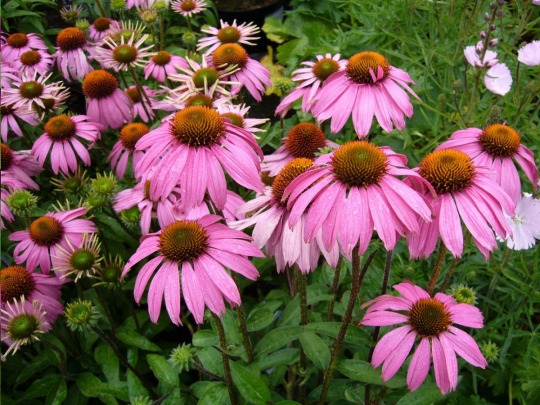
View On WordPress
1 note
·
View note
Photo

We love this nativar Heuchera ‘Citronelle’ for its year-round color. You can’t beat this chartreuse! Pretty soon it we’ll have creamy white blooms too! . . . . . . #heuchera #citronelle #nativar #chartreuse #foliage #evergreen #yellow #plants #PlantLove (at Lewis Ginter Botanical Garden) https://www.instagram.com/p/COdSpxXlwo3/?igshid=1fyc4xslnes41
4 notes
·
View notes
Text
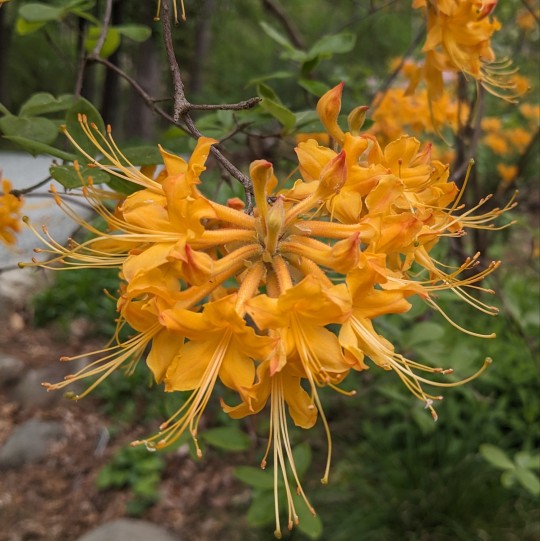
Rhododendron austrinum 'Lisa's Gold' / 'Lisa's Gold' Florida Azalea at the Sarah P. Duke Gardens at Duke University in Durham, NC
#Rhododendron austrinum 'Lisa's Gold'#Rhododendron austrinum#Rhododendron#Ericaceae#Lisa's Gold florida Azalea#Florida Azalea#Florida flame Azalea#Orange Azalea#Honeysuckle Azalea#Southern yellow Azalea#Azalea#Azaleas#Nativar#Native plants#Native flowers#Native shrubs#Plants#Flowers#Shrubs#Nature photography#photographers on tumblr#Sarah P. Duke Gardens#Duke Gardens#Duke University#Durham#Durham NC#North Carolina
4 notes
·
View notes
Photo

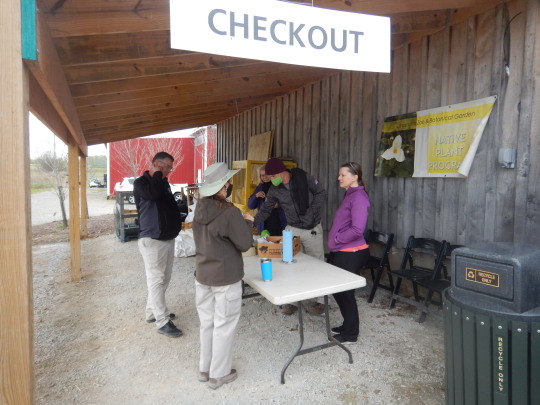

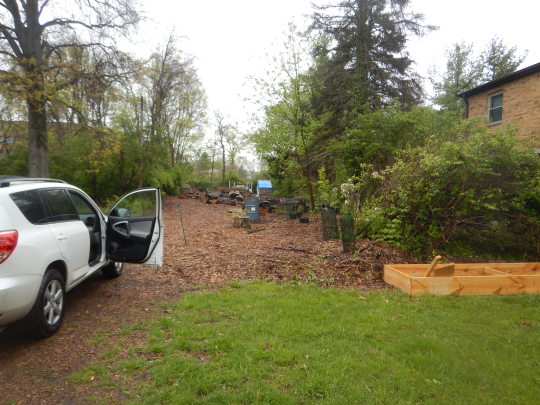
First Native plantsale for the Cincinnati Zoo and Botanical Garden went very well,
I actually managed to hold back my guilt and swooped 2 trillium grandiflora and 2 blue bells before they disappeared for the year(always happens)
got 2 paw paws, 2 persimmon and 2 elder for the food forest project at lland fair and also grabbed 2 more elder for walnut hills community garden that’ll hopefully add to the bounty their as well as beneficial insects.
If you live in the Ohio, Indiana, or Kentucky area and want native plants for gardening we have decent selection each sale, you can sign up on the zoo’s website and check there for dates, and on top of that it’s 12 dollars per gal forbe, 15-20 1 gal -3 gal woody, and 35 per nativar in 6 gal.
#gardening#cottagecore#permaculture#kill your lawn#botany#meadowcore#ohio#Kentucky#indiana#horticulture
183 notes
·
View notes
Text
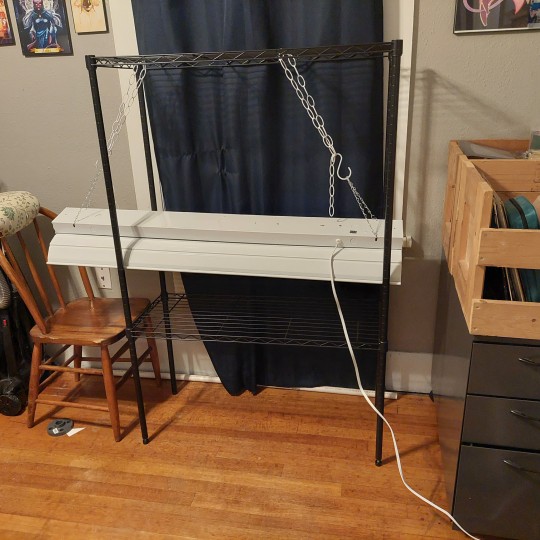
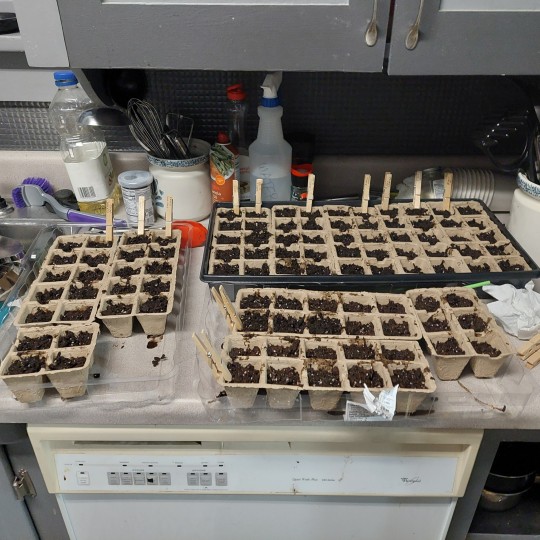
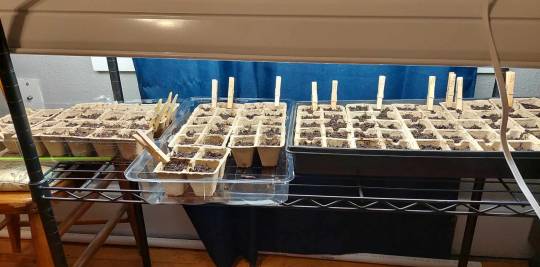
SEEBS
Today I got my grow light moved upstairs, and planted up a ton of seeds! I really hope that I get a bunch of plants for my own garden and plant swaps this year.
I planted them up in January because they're all prairie perennials which I anticipate taking until like February to even sprout, and they MIGHT be sturdy enough to plant out in May
I have butterfly milkweed (wild type and nativar yellow), redwhisker clammyweed, blue grama grass, rattlesnake master, and gray headed coneflower going!
8 notes
·
View notes
Text
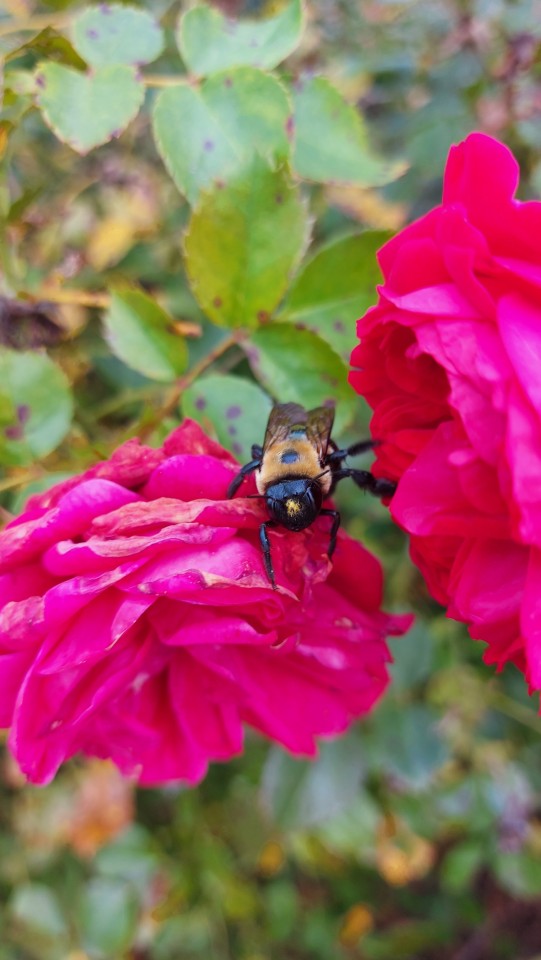

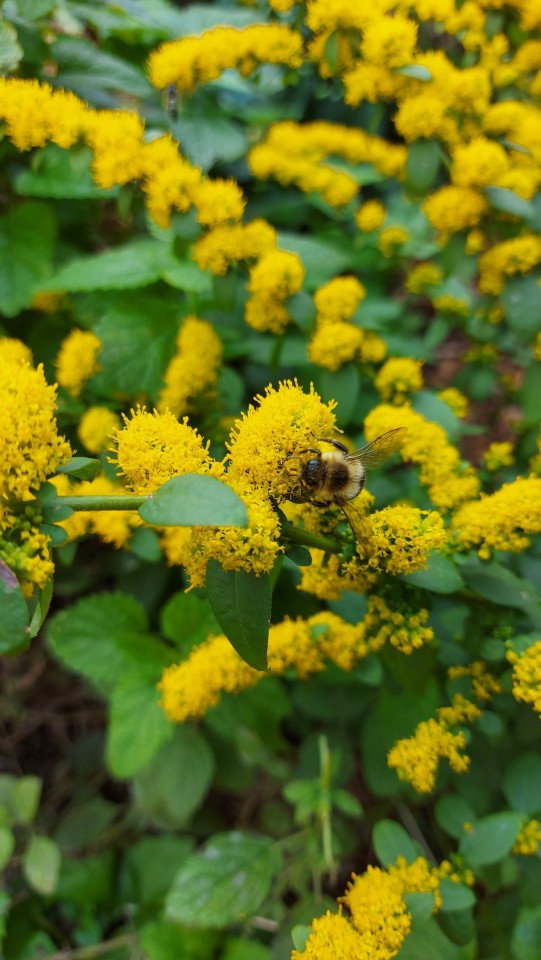
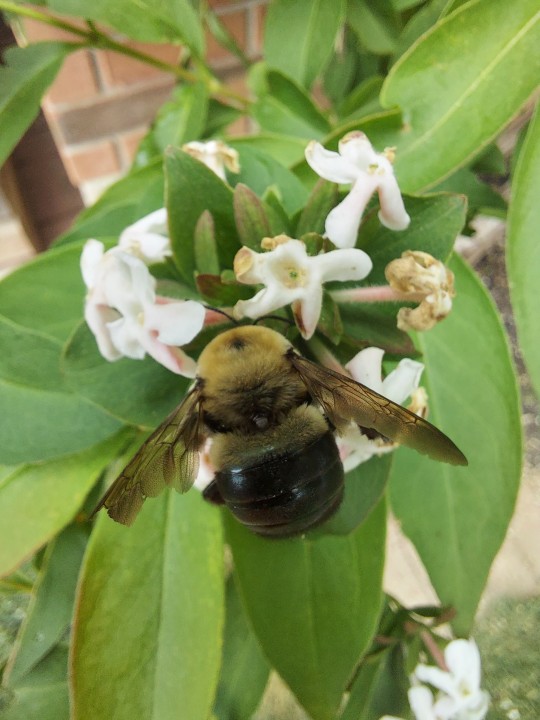
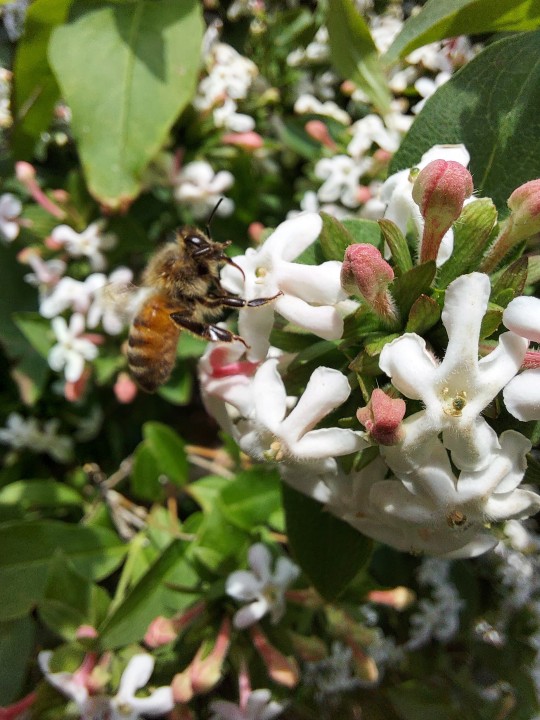
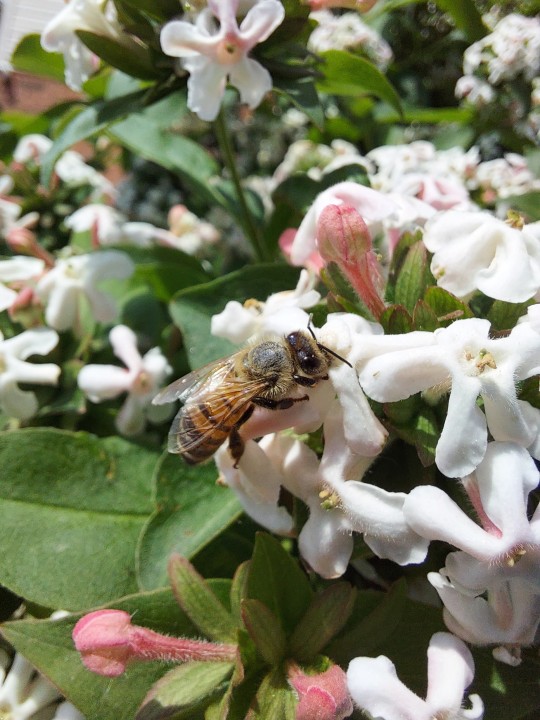
Honeybees and bumblebees I saw around the garden this summer! I believe the yellow flowers are a goldenrod nativar!
#bees#honey bee#honeybee#bumblebee#mine#nature#plants#flowers#garden#gardens#home garden#pollinators#cool#pretty
3 notes
·
View notes
Text
So this month-ish I joined an Ontario native plant gardeners group and it’s been.... interesting.
Been seeing pretty much all ends of the native gardener scale some of which are heavily divided; some have been rudely hyperaggressive while others have been very civil and polite. A LOT of purists (as in “all native plants only or you’re a monster” kind of peeps) but also some that take the chiller route of “if it’s not invasive or aggressive it can join some of the mix”.
Personally I teeter between the two groups to a degree; if you are adjacent to wild areas where your plants could accidentally escape into then imo taking a very purist route is best (I’m talking so purist you don’t even go for “nativars”; the more genetically similar to your local genotype of wild native plants the better, genetic pollution IS a thing after all). SOME non-native species are okay, but they have to be ones that either can’t compete/reproduce much if at all beyond your gardenscapes worst-case scenario (Hellebores in my area for example seem to struggle to successfully reseed in my region and aren’t vigorous cloners like daylilies, so they are a good candidate).
But if if you’re in a far more contained environment like a heavily urbanized setting with basically no wild areas, you can toy around with far more non-native species as escapes beyond to wild settings is a little more difficult. Still gotta be careful on invasive species that are very capable of going far beyond their planted areas (bird-spread species like Multiflora rose is a BIG example of this, avoid bird-attractive invasive species at all costs) but still.
At the end of the day though, I want to eventually have a lot of my gardens dominated by native plant species, with a few tamer non-native plant species dotted around. I’m avoiding non-native jack in the pulpit species and am planning to eventually weed-out my non-native columbines and lupines to avoid genetic pollution with their native counterparts. Lily of the Valley, forget-me-not and sweet woodruff is gonna be a war to rid of in the woodland garden but its a goal for mine. Our fruit orchard I hope to eventually naturalize with both native and non-native spring bulb species (the orchard is VERY limited in what I can plant due to the overtly aggressive mowing that goes on during the growing season)- it’s just harder for me to get access to native naturalizing species like Spring Beauties rn.
Let’s keep this civil, but for the native-plant gardeners (or partial-native-plant gardeners) which are you and why?
7 notes
·
View notes
Photo
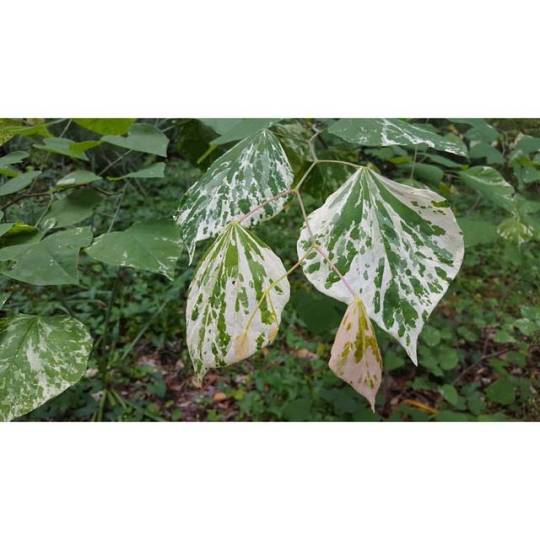
Cercis canadensis 'Floating Clouds' #cokerarboretum #ncbg #northcarolinabotanicalgarden #unc #chapelhill #cercis #cerciscanadensis #floatingclouds #leaves #nativar #trees #gffry (at Coker Arboretum)
#gffry#floatingclouds#ncbg#northcarolinabotanicalgarden#cercis#nativar#chapelhill#cokerarboretum#cerciscanadensis#leaves#unc#trees
0 notes